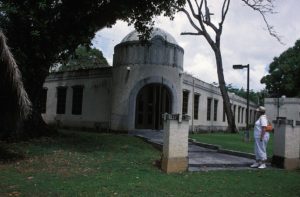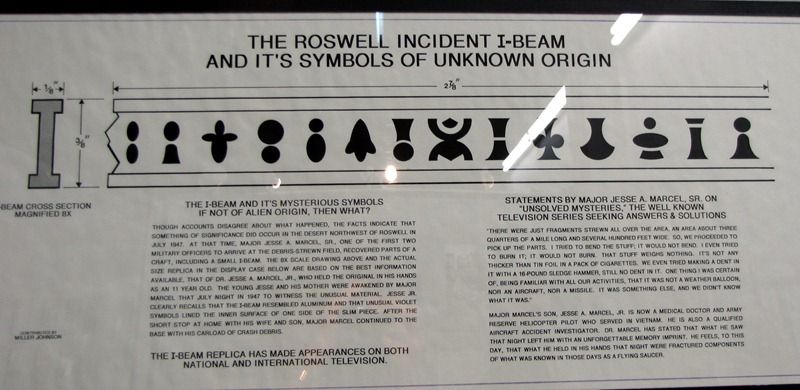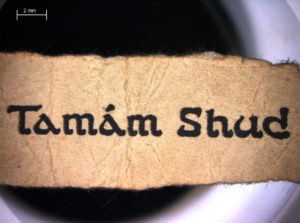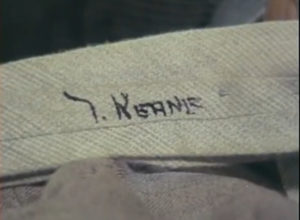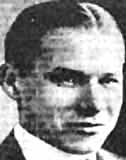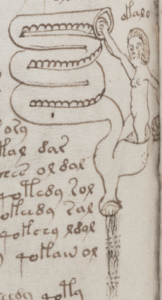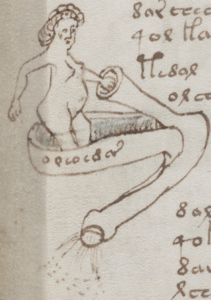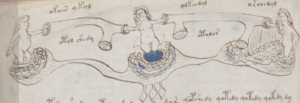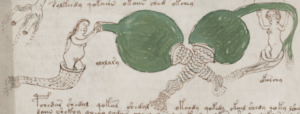Following on from my last post, this post started out with me wondering what I could find out about Japanese hospitals in Saipan and Tianan, before submerging in rather deeper waters at Truk Island.
Saipan Hospital
The English Wikipedia entry on the Saipan Byoin (Japanese Hospital in Saipan) may be short and suitably enigmatic, but it at least has a nice picture:
The Japanese Hospital or Saipan Byoin is a historic World War II-era hospital complex on Route 3 in Garapan, a village on the island of Saipan in the Northern Mariana Islands. The three concrete buildings are the largest Japanese-built structures to survive the war. The main hospital building is an L-shaped structure with a domed entrance at the crook of the L. A second, smaller building housed the pharmacy, while the third is an underground circular chamber of unknown purpose.
The Japanese Wikipedia page (translated) has a little more detail:
Saipan Hospital was established by the South Seas Mandate in 1922. There are seven hospitals in the South Sea Islands, including Saipan Hospital, Palau Hospital, Angaur Hospital, Yap Hospital, Truk Hospital, Ponape Hospital, and Yaluto Hospital. It was a modern hospital with the most advanced medical facilities in Micronesia at that time, and helped improve the local sanitary environment.
In short, when the South Sea Islands were gifted to Japan as part of the Treaty of Versailles, the Japanese established the South Seas Bureau / Mandate (Nanyocho). However, following Japan’s invasion of Manchuria in 1933, its claim to the islands became shaky. Then, when the war situation deteriorated in 1943, the Mandate’s six administrative offices across the South Seas were reduced to just three: Truk, Palau, and Saipan.
This Japanese page continues:
As of 1939, there were 5 Saipan Clinic, 6 Palau Clinic, 2 Yap Clinic, 3 Truck Clinic, 3 Ponape Clinic, 3 Jaluit Clinic, and 2 Angaur Clinic.
In addition, epidemiological surveys and research on local diseases in the South Sea Islands, which had languished in the German colonial basement far from the home country, were also actively conducted. The “South Sea Islands Regional Disease Research Medical Papers” (No. 1-5 (Collection)) was published independently by the Police Department of the South Sea Agency in 1933-1939, and was published by Noboru Okaya, Kyozo Nagasaki, Yasushi Fujii and each island. Muneo Samejima, a doctor of medicine who worked at the clinic, reports on the results of medical, epidemiological, and anthropological surveys of natives of each island area, particularly Micronesians but also Marshall islanders. In addition, it has nothing to do with the Truk incident ( Navy biopsy incident ) (Truk Island Navy 4th Hospital) that occurred at Truk Hospital on Truk Island.
Clearly the Japanese Wikipedia editors want us to grasp that what Japan’s kindly Mandate administrators put in place throughout the South Sea Islands in the 1920s and 1930s were nice modern hospitals doing sympathetic modern medicine things, and doing nothing whatsoever like the abhorrent stuff that the Imperial Japanese Navy did on Truk.
So: what was the “Truk incident“? Finally, we get to a good question…
What Was the Truk Incident?
The full extent of the Bacteriological Warfare research on live human subjects carried out under General Ishii Shiro for the Japanese Imperial Army may never be known. Anyone who wants to see a properly solid technical account should read Sheldon Harris’ Chapter 16 (p. 463 ff.) of Military Medical Ethics Vol. 2 (2003): this makes it abundantly clear that Ishii’s deadly empire included units all the way from Inner Mongolia through Manchukuo to Singapore.
So: the events that happened on (the then Japanese-occupied) Truk Island started with the capture of an US submarine by the Japanese Imperial Navy in late 1943, leaving the Navy with about 50 prisoners of war. When some of General Ishii’s results (gained from live human experimentation) became more widely known in early 1944, some in the Japanese Navy wanted to use human subjects to gain the same kind of knowledge. And so the decision was made to perform various vivisection experiments on the Truk prisoners of war.
Because Stephen Mercado makes plain the long-running antipathy (and complete lack of cooperation) between the Japanese Army and the Japanese Navy, it should be no surprise that the Japanese Navy wanted to “keep up with the Ishii’s”, so to speak.
These ghastly Navy ‘experiments’ in Truk were carried out in January, March, June and July of 1944 (please excuse me if I don’t go into the gruesome details): the POWs’ bodies were initially buried, and then later dug up and disposed of again to try to hide the evidence.
Though the Japanese perpetrators initially denied all knowledge post-war, Korean war personnel on the island were able to tell the American investigators what had happened: and this ultimately led to two war-crime trials on Guam, the first in Jun-Sep 1947, and the second in Sep-Oct 1947. Many of the perpetrators committed suicide rather than testify against their commander: having been found guilty, Hiroshi Iwanami tried to kill himself with a pencil in the courtroom, but failed and was subsequently hanged.
What is Missing From This History?
Sheldon Harris’ chapter 16 in Military Medical Ethics makes for harrowing reading: but I think it’s important to point out that the Truk Incident Navy doctors went on trial for war crimes (i.e. against enemy prisoners of war), not crimes against humanity. Specifically, they were charged with “Neglect of Duty in Violation of the Laws and Customs of War”.
Given that Army General Ishii Shiro’s Unit 731 (and all the other numbered Units) carried out appallingly inhumane experiments against all manner of people (and only rarely on prisoners of war), it really does require no huge stretch of the historical imagination to wonder whether the Japanese Imperial Navy carried out Ishii-style experiments not just on prisoners of war, but also on all manner of other non-volunteer test subjects. If it was good enough for the Army, it was good enough for the Navy, right?
As a reminder, the story told by Nick Redfern’s “Black Widow” claimed that disabled and handicapped people were taken by the US Military from a hospital on a small Pacific island that had been taken in 1944, where they had been used for inhumane experimentation. From the horrific details of the Truk Incident, there certainly seem to have been no ethical barriers preventing this: but whereas there was an appetite to prosecute war crimes against prisoners of war, there seems to have been no similar push to prosecute the same people for anything else they may have done to anyone else.
There are numerous stories about Japanese outrages (rapes, murders, etc) against Chamorros in Guam and Saipan from late on in WWII: so it is hard to see them having much respect for the people of these South Sea Islands.
Hence it would seem likely to me that even though Nick Redfern’s “Black Widow” said that the three Roswell Incident dead she saw looked like “humans – handicapped humans – and from Japan or China, I would say to you” (Body Snatchers, p.6), it’s again no huge stretch of the imagination to wonder whether they were Chamorros. There seems to have been no obvious ethical barriers in place there either.
And so I’m left here wondering about what happened in the Japanese Imperial Navy’s hospital on Truk in 1944, and where I should be looking to try to reconstruct the full picture, in all its atrocious horror. What books or archival sources document what happened on Truk then? When the investigators themselves wore such tightly-focused evidential blinkers, who since has gone looking for the whole story?
It’s often said that history is a conceit constructed by the victors: but, as the conclusion to Sheldon Harris’ MME Chapter 16 pointed out, in the case of post-WWII Japan it seems that both winners and losers were complicit in concealing much of what went on. History is as much about the stories that get hidden as the ones that get told.
